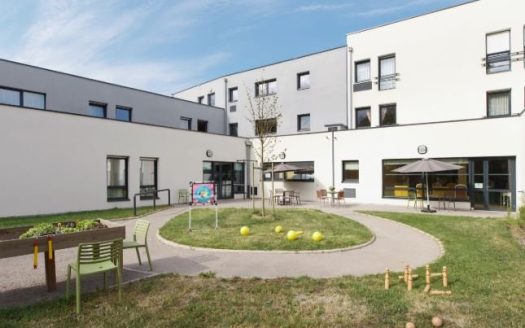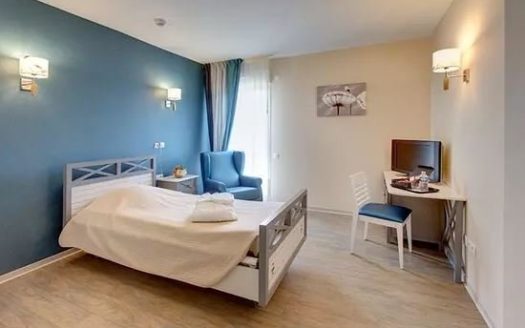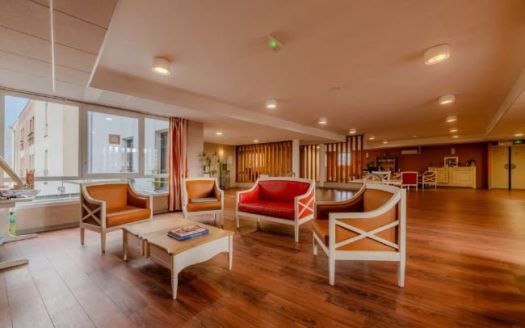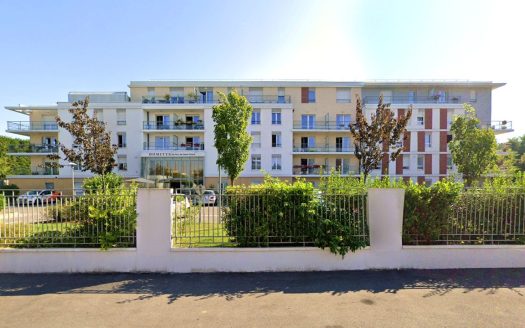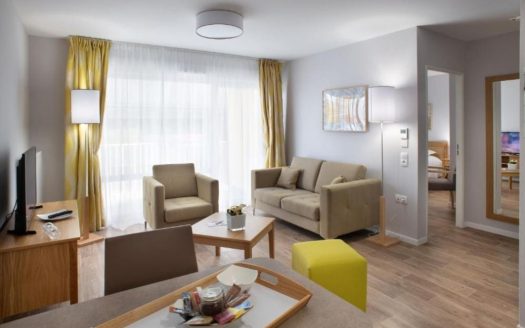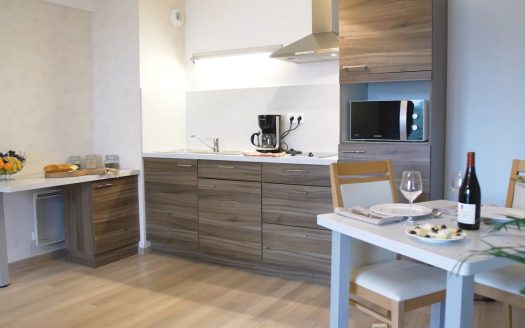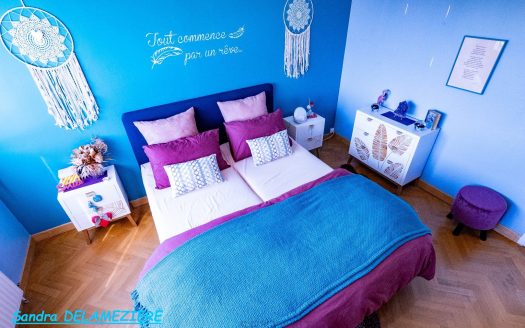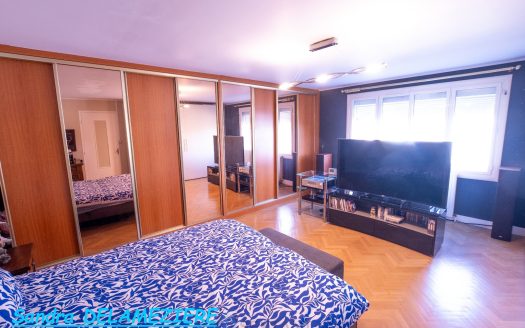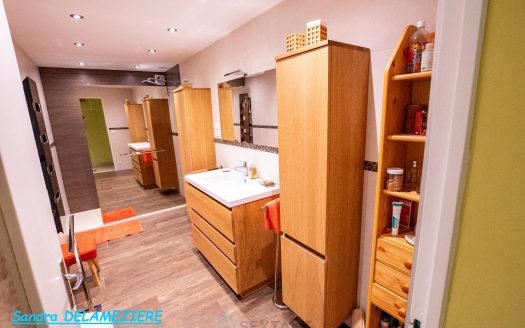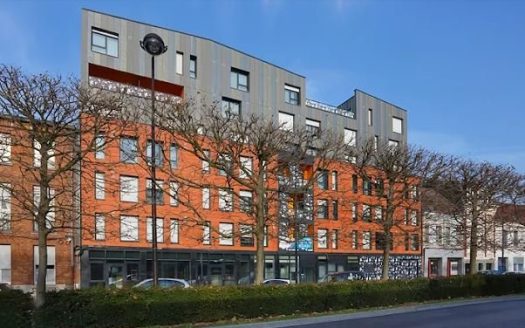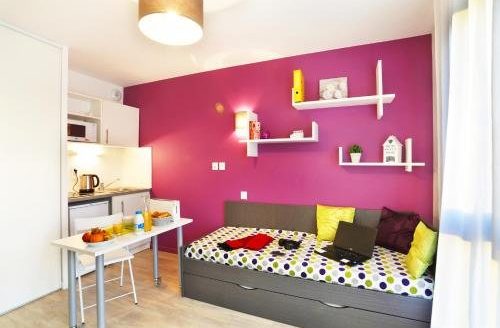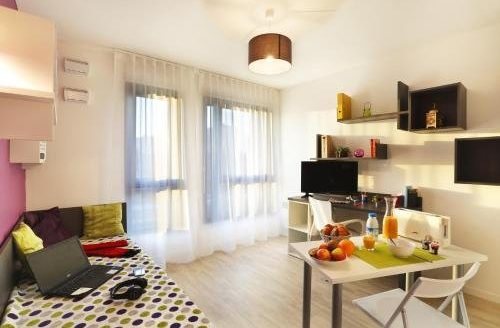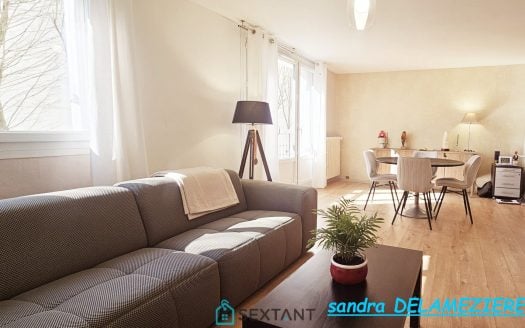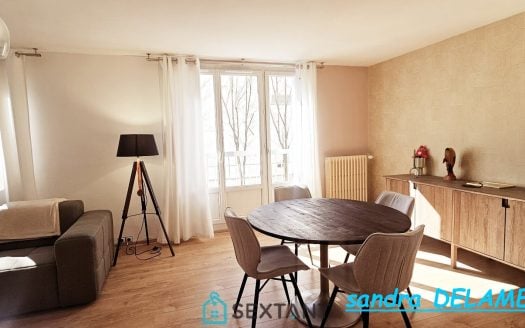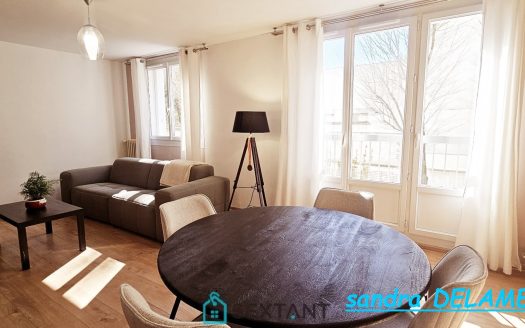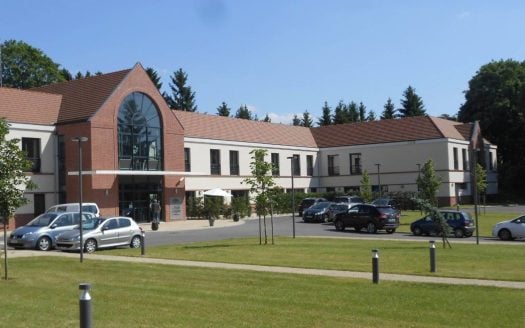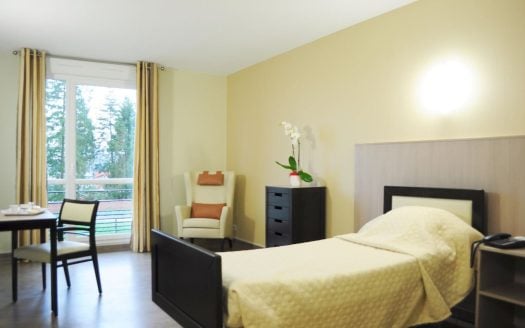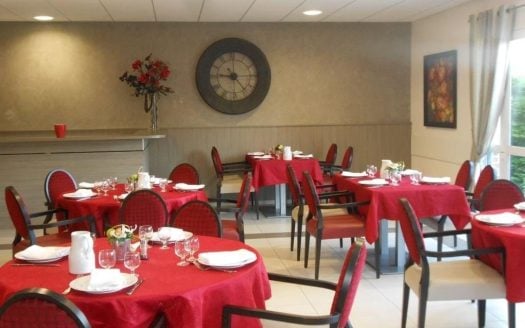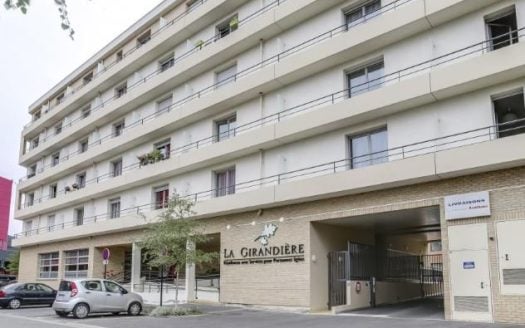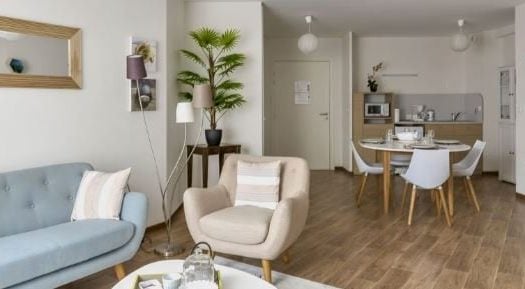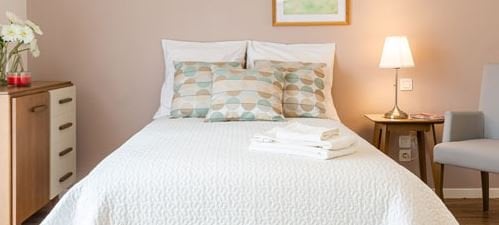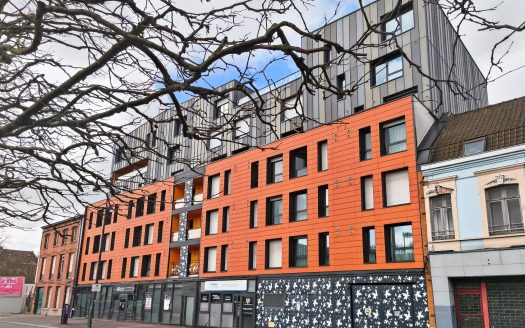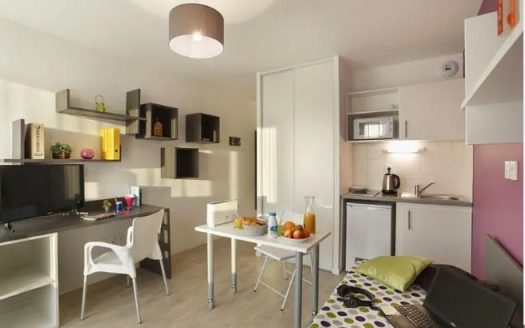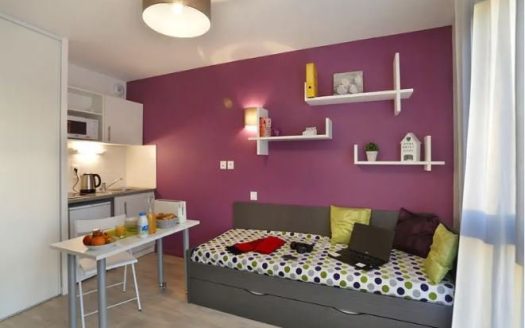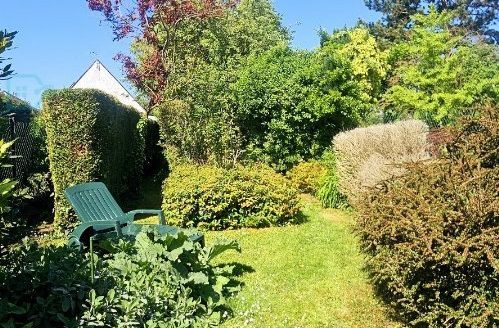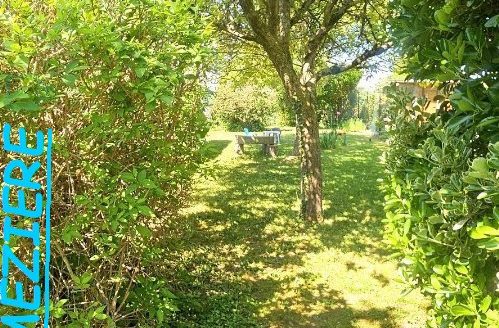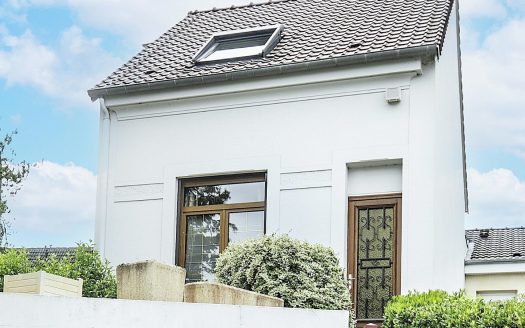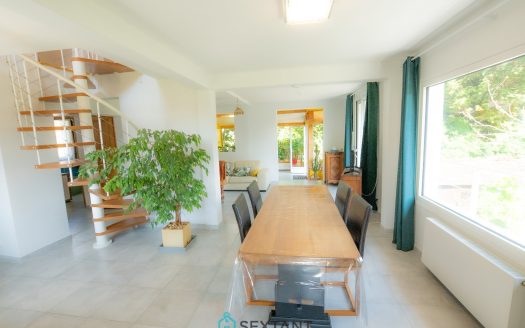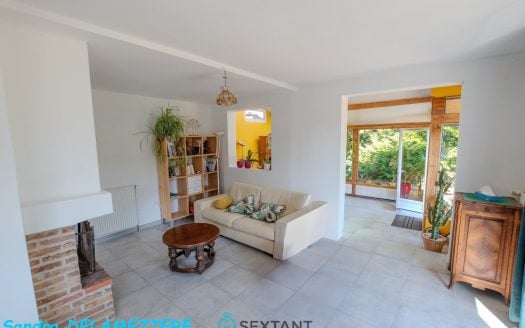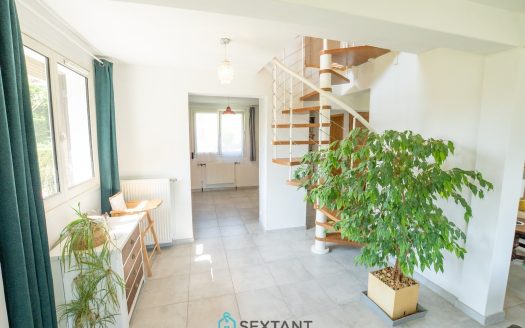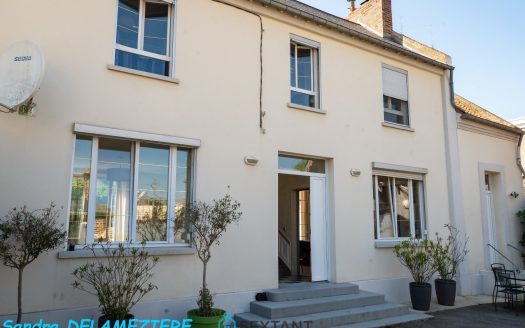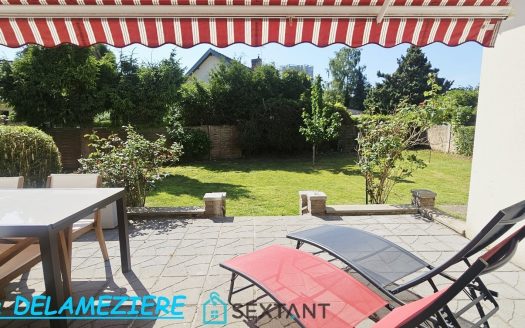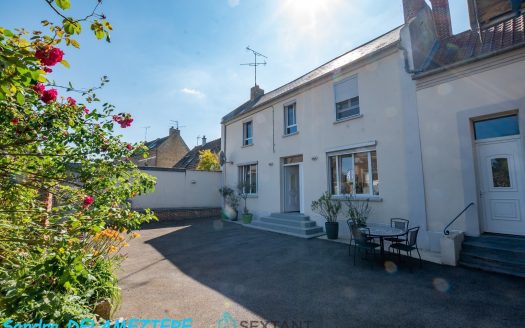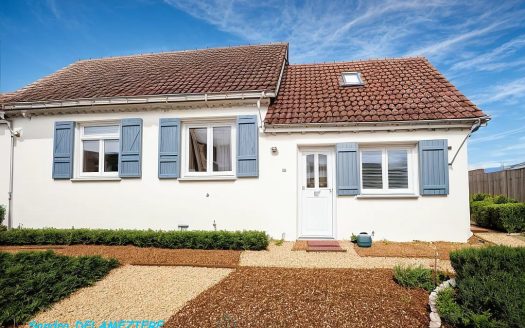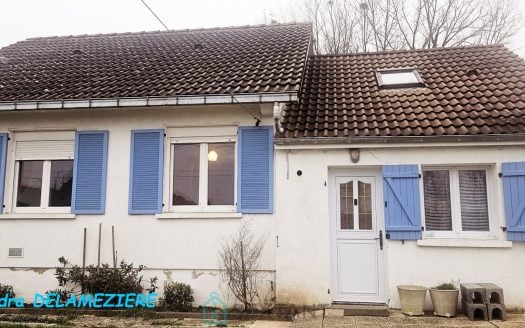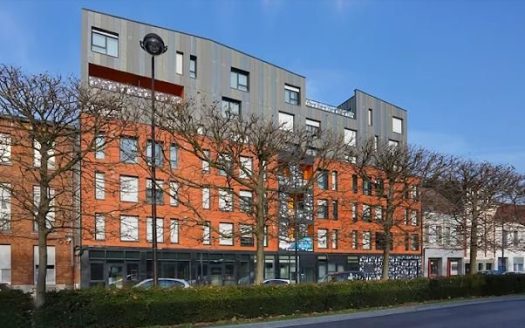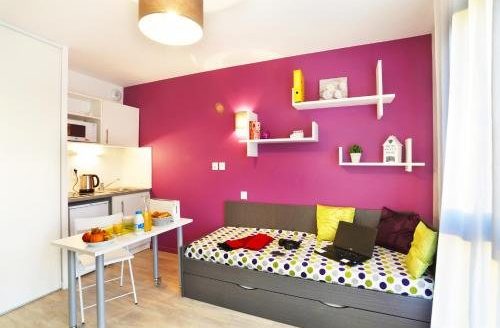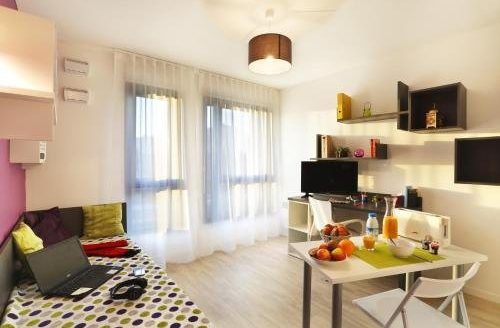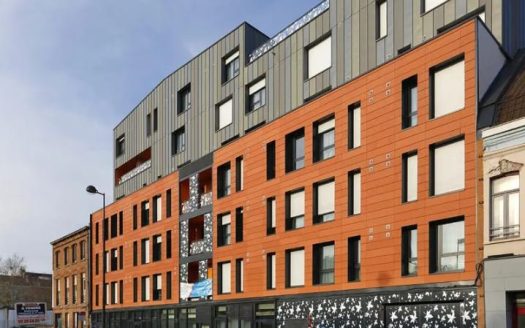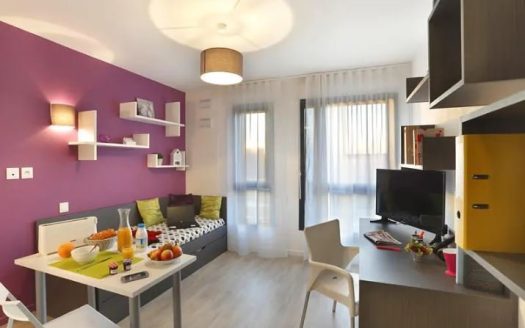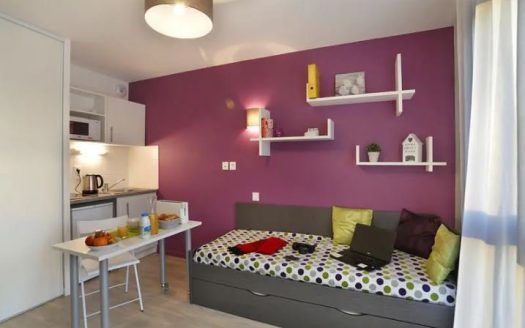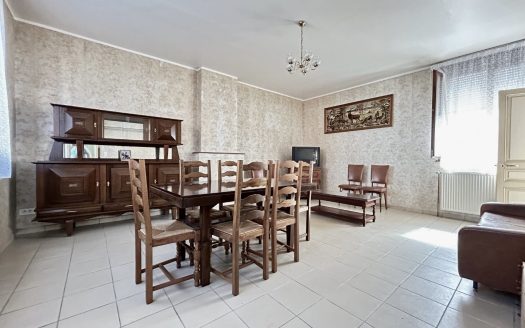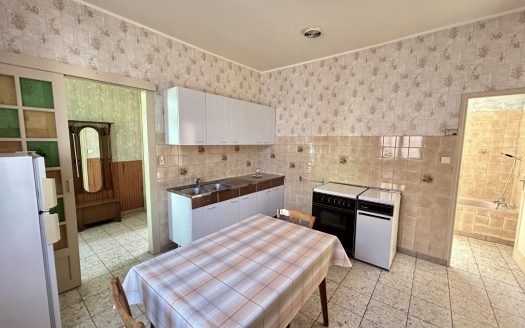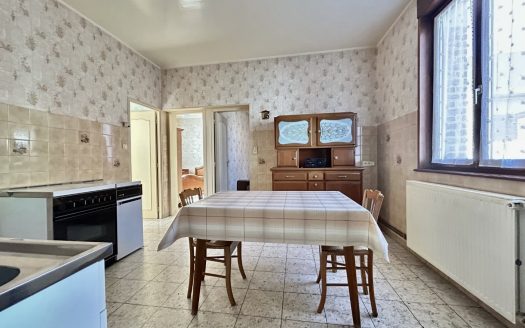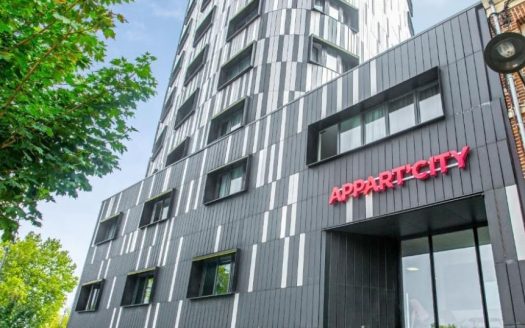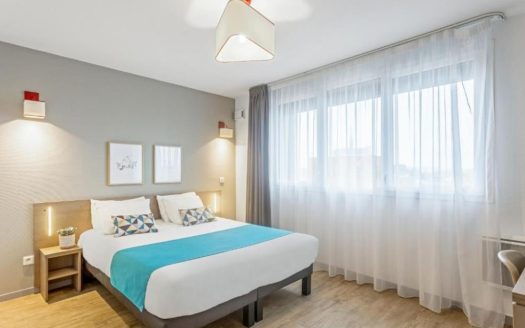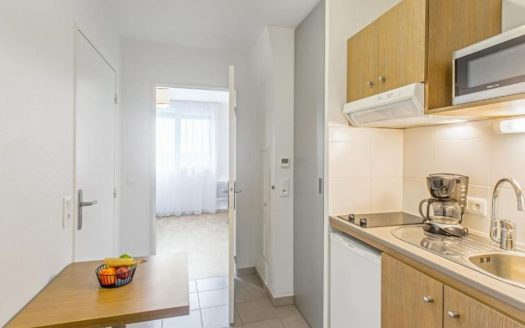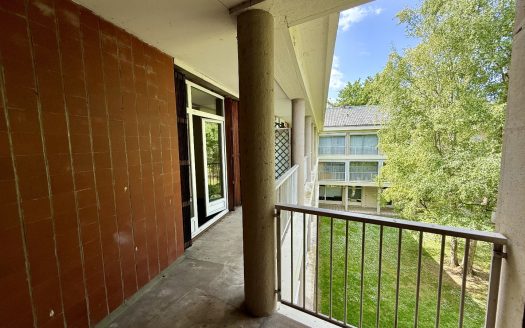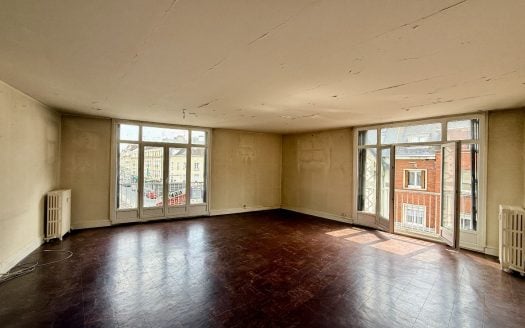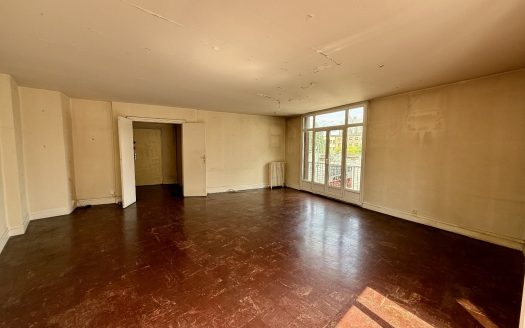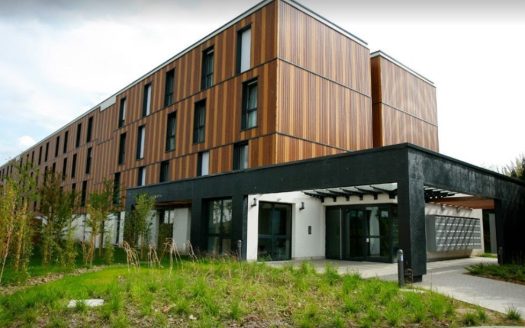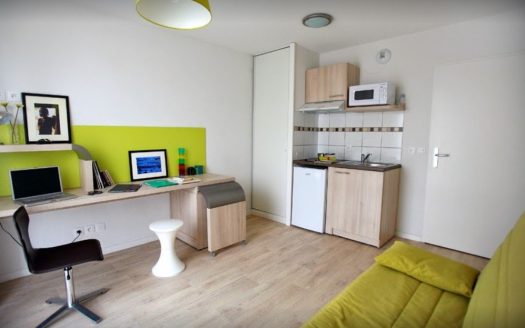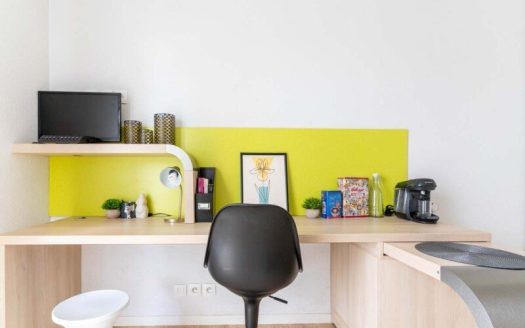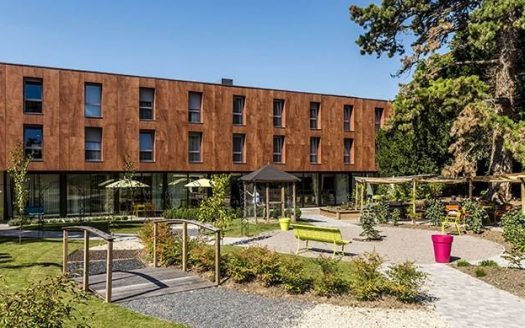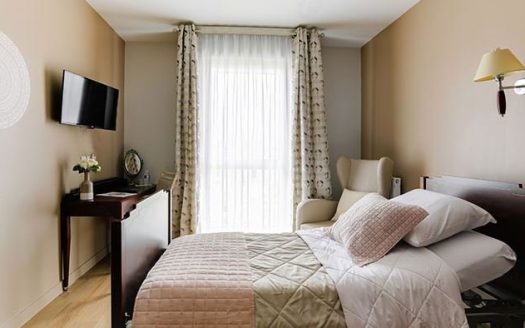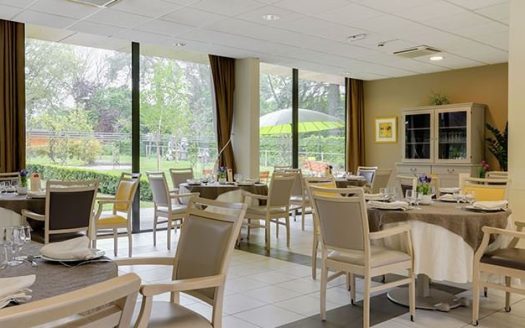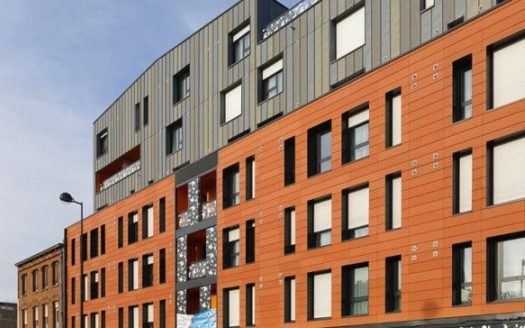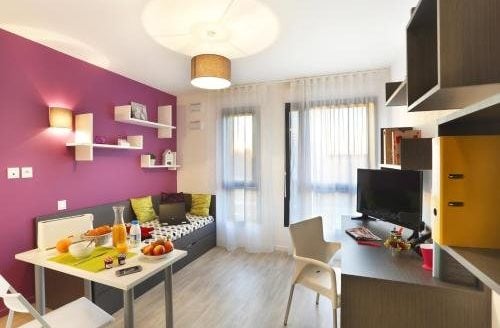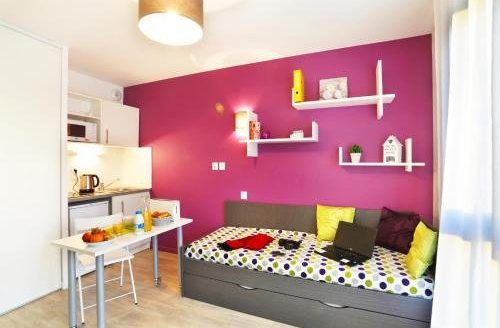- Sign into your accountCreate an account
A password will be e-mailed to you
Reset Password Advanced Search
Properties for sale in Hauts-de-France
RENTAL INVESTMENT – OYE PLAGE – EHPAD Reside...
€ 125.000
Make a secure real estate investment in an EHPAD residence without worrying about manageme ...
20 m2details
RENTAL INVESTMENT – CAMBRAI – Le Parc de St ...
€ 117.000
Make a secure rental investment in a Seniors residence without worrying about management: ...
Commercial property with apartment and parki...
€ 884.000
For sale – Real estate complex with great potential – Renancourt district, Amiens A versat ...
973 m2details
RENTAL INVESTMENT – ROUBAIX – Nemea Appart&a...
€ 65.000
Make a rental investment without management worries, the ideal product to prepare for your ...
19 m2details
€ 152.250
Sandra Delameziere, from the Sextant France and International network, offers you this bri ...
RENTAL INVESTMENT – LE CATEAU CAMBRESIS R...
€ 108.000
Make a rental investment, without management worries, the ideal product to prepare for you ...
20 m2details
RENTAL INVESTMENT – VALENCIENNES – Les Giran...
€ 117.000
Make a rental investment, without management worries, the ideal product to prepare for you ...
RENTAL INVESTMENT – ROUBAIX – Nemea Appart&a...
€ 62.000
Make a secure rental investment in a student residence without the constraints of manageme ...
20 m2details
House with garden, garage in Amiens
€ 235.900
Sandra Delameziere, from the Sextant France and International network, offers you this cha ...
House in the heart of Saint-Valery-sur-Somme...
€ 345.000
Sandra Delameziere, from the Sextant France and International network, invites you to disc ...
€ 349.900
Sandra Delameziere, from the Sextant France and International network, offers this magnifi ...
€ 129.000
Discover this charming house, nestled in a green setting, where calm and serenity reign su ...
RENTAL INVESTMENT – ROUBAIX – Nemea Appart&a...
€ 65.000
Make a rental investment without management worries, the ideal product to prepare for your ...
19 m2details
RENTAL INVESTMENT – ROUBAIX – Nemea Appart&a...
€ 50.000
Make a rental investment without management worries, the ideal product to prepare for your ...
19 m2details
€ 130.000
Sextant France presents a farmhouse-style house for residential use, located just 5 minute ...
RENTAL INVESTMENT – AMIENS – Appart&ap...
€ 85.000
Make a secure rental investment in a business residence without the hassle of management: ...
20 m2details
For sale – Beauvais city center: Spacious 4-...
€ 189.000
For sale – Beauvais city center: Spacious 4-room apartment of 123.53 sqm with a view of a ...
RENTAL INVESTMENT – AULNOY LEZ VALENCIENNES ...
€ 64.000
Make a rental investment without management worries, the ideal product to prepare for your ...
RENTAL INVESTMENT – CROUY EN THELLE – ...
€ 151.000
Make a rental investment, without management worries, the ideal product to prepare for you ...
18 m2details
RENTAL INVESTMENT – ROUBAIX – Nemea Appart&a...
€ 60.000
Make a rental investment without management worries, the ideal product to prepare for your ...
20 m2details


